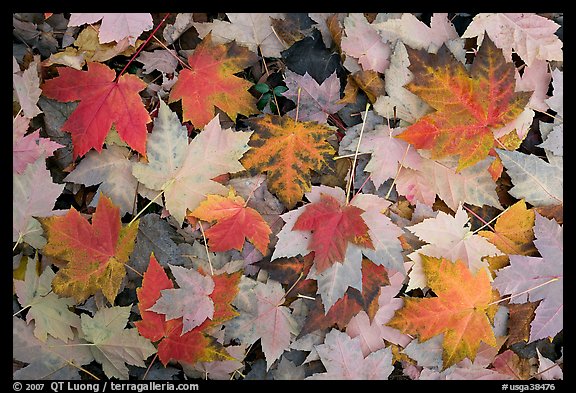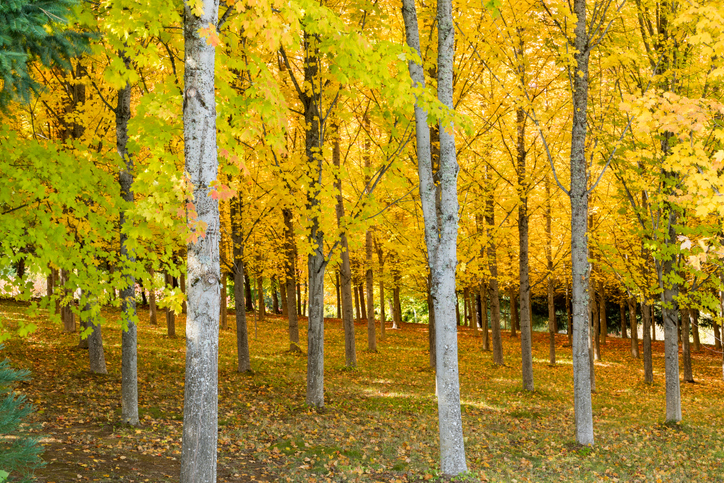
That's because the seven less common species are found regionally, whereas the five most common ones are more widespread. However, five of those maple species are vastly more common to spot on your nature walk. There are approximately 125 species worldwide and 12 maples native to North America. The word Acer is derived from a Latin word meaning "sharp," and the name refers to the characteristic points on the leaf lobes. It can be found under the brand name Daconil, which is the name used by several companies.Īlways read and follow all label instructions when applying pesticides.Maple trees are classified in a family of their own, the Aceraceae. Chlorothalonil, a contact fungicide, can also be used against Phyllosticta leaf spot. Propiconazole, a systemic fungicide, can be found in the brand names Bonide Infuse and Fertilome Liquid Systemic. However, some homeowners choose to treat their Japanese maples because they are small enough to easily spray and are expensive enough to justify the cost. Pruning may also help control these diseases by allowing more air flow to dry out the leaves.Ĭhemical control is rarely needed, and is most often not feasible due to the size of most maple trees. Rake all of the leaves from around the maples in the fall and remove them from the property. Your best defense against these fungal leaf spots will be proper management. In many cases, leaves with several spots will prematurely drop to the ground. These spots then develop a black, shiny, tar-like dot on the upper side of the leaves. Tar spot first appear as light-green or yellow round areas. We normally see this disease in spring and early summer. Another common leaf spot on maples is tar spot. Phyllosticta leaf spot is the most common disease I have seen on the leaves of Japanese maples, especially on the darker varieties, such as "Bloodgood." The disease appears as small, round, bleached spots, easily contrasting the dark red of the leaves. The good news is that Phyllosticta leaf spots rarely pose any long term damage to maples.

A small, black fruiting body will appear in the middle of the diseased area, somewhat resembling an eye.

They have purple margins with yellow or tan centers. On the leaves of maples the fungal spots can be round or irregular, and are about ¼ inch in diameter. There are a few leaf spots known to affect maple trees. Most leaf spots need high temperatures, high humidity and extended periods of leaf wetness to infect their host.

Firm the soil beneath the soil ball so that the plant will not settle into the bed. Never plant any deeper than the soil level in the container. In extreme cases some areas my need additional drains constructed of gravel placed 6-12 inches below the surface. The material should be incorporated to a depth of 8 inches into the existing soil to ensure drainage. The topsoil will support the roots of plants and also provide a well-drained soil. Raised beds are created by using triple-screened topsoil with a height of 1 to 3 feet. If soils consist of heavy clay, consider raised beds. Be sure to inspect the landscape site for collection spots of excess water. The best way to fight root rot is prevention. Fungicidal applications are rarely effective on controlling Phytophthora root rot after above-ground symptoms are seen. All landscape plants (trees, shrubs and flowers) are susceptible to root rot.

It occurs in wet soils with limited drainage or in areas that are overwatered or remain wet due to gutters and downspouts, air conditioning units and slopes. Root rot is by far the most damaging disease in Georgia's landscapes. Phytophthora root rot is favored by high soil moisture and warm soil temperatures. You can find several varieties that do well in our area, including red maple, sugar maple, silver maple, and Japanese maple, but this season the weather has been optimal for fungal diseases. Maple trees are popular in home landscapes all over Georgia. Maples have been the main concern in the area according to homeowners. This area has had a lot of rain, and with it, perfect conditions for root rot and fungal leaf spot on all types of plants.


 0 kommentar(er)
0 kommentar(er)
